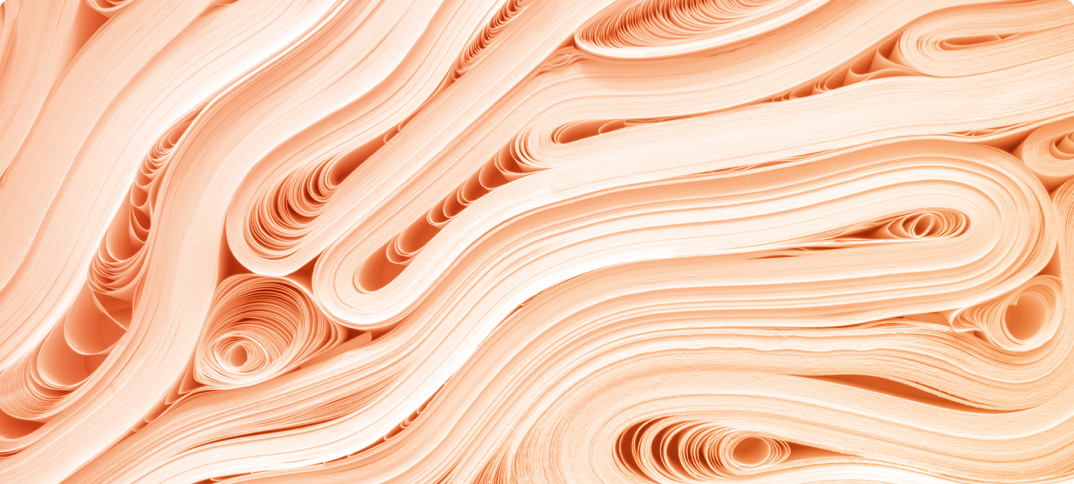10 Ideas for Sculpting With Ceramic Network
If you're thinking about your next project, here are 10 ideas to get you started.

As Ceramic enters Beta, we’re seeing more and more experimentation in the community, and we’re excited to see the network and IDX library used in increasingly creative ways. If you’re thinking about your your next project — whether that’s a hackathon entry or a new feature for your stable product — here are 10 ideas to get excited about!
Using Ceramic in your product
1. Manage user identities, information, accounts and data
The identity index data structure makes it easy to manage identities and user data without any servers or silos — one of the primary use cases Ceramic was created to support. IDX also lets you turn blockchain keys into authentication for a robust identity, with the ability to manage off-chain data, profile info, settings, and more. Partners like Textile for data storage, Fleek for hosting, Magic for authentication and more can be used with IDX.
2. Index or catalogue content on IPFS and elsewhere
Use Ceramic as a flexible index for content being stored on IPFS — or anywhere else. Putting this on Ceramic allows easy discovery, as well as definitions and links that make routing to and consuming the content easier over time.
3. Publish and manage metadata to make data discoverable, linkable
Publish metadata like schema and tags for privately stored data, making it discoverable and interoperable while preserving privacy and flexibility. This lets you use any data storage option you can imagine — whether centralized or decentralized — while still building on a linked and open web.
4. Anchor IPFS content onto Ethereum
Ceramic can be used for any use case that requires blockchain anchoring, including creating scalable and auditable records or signed documents. Every Ceramic document and update is signed with a DID, and these updates are batched and anchored on a blockchain. This provides super scalable verifiable records for things like content feeds, comments, annotations, proposals, votes, and more.
5. Trusted content publishing
Use Ceramic to publish content with verified authorship in a platform-independent way. Because Ceramic documents have a permanent ID but are mutable, you can update and version content over time without needing to adjust pointers. This makes it perfect for storing and distributing content to a number of sources. You could use Ceramic as a headless, trusted and open CMS.
6. Data storage backend
Ceramic documents offer capabilities similar to your favorite NoSQL document store. Improve information security, ship faster, and eliminate the need to configure and run database servers for storing user and application data.
Project Ideas
You can use Ceramic and IDX with most applications. Here are a few ambitious ones we know the community would love to see.
7. DeFi-Wide Trollbox
One of the most amazing things about DeFi is the ability to move across interfaces and access the same money legos and pools. But right now, it’s just assets and on-chain information that’s shared. We think the social element should be too. Imagine a chatbox anchored to a given pool or smart contract that users across platforms could all be chatting in!
You could build this today, using IDX for identity (so users still authenticate with the same Ethereum key) and pairing it with p2p chat like Textile, OrbitDB, or others.
8. DeFi Account Tracker
Lost track of all your historical accounts (and where you might have airdrops from Uniswap and others)? Use IDX’s crypto-links to create a self-sovereign, portable and privacy-preserving mapping of your various accounts to a single identity. This could be read across DeFi platforms and interfaces too, reducing the need to recreate your watch list on each one.
9. Profile Plugin
Create a simple component that gets rid of hex addresses and replaces them with profiles, read from IDX. Help create a web3 experience that is familiar and human. This could be a plugin developers use to replace hex addresses in their interface, or browser extension for users to overlay profile information where it exists.
10. Ceramic Explorer
Create a visual explorer for Ceramic documents, making it easy for content to be discovered and shared by applications across web3. This would make it easy for developers to see what documents exist, what standards are emerging, and how to build their data model on Ceramic.
Bonus: User Notification Service
Web3 Apps today don’t have a reliable way to get ahold of their users. This means they either have to let the experience end when the app is closed or they end up storing email addresses and preferences in a server. IDX provides a new option. User notification settings can be stored in a Ceramic document, as can contact info like an email address — encrypted and access controlled. A notification service built on this could enable apps to get in touch with users based only on their Ethereum address, without storing user contact info.
Our bounties
We’re at lots of hackathons in the next month, including EthOnline. Bounties we’re currently offering include:
- Best overall use of IDX Library
- Best user notifications or chat product using Ceramic
- Best tool to help other developers use IDX and Ceramic
We will also be adding bounties in soon, including adding support for new blockchains for Ceramic and more.
Get started
Ceramic is a peer-to-peer dataweb for publishing, linking, and querying verifiable information on the open web. Start here:
The IDX library on Ceramic make it simple to store, use and manage decentralized identities and data across any network, platform or application. Start here:
For more information now and going forward, join us in the Ceramic Discord Community and sign up for our mailing list for frequent developer updates.

